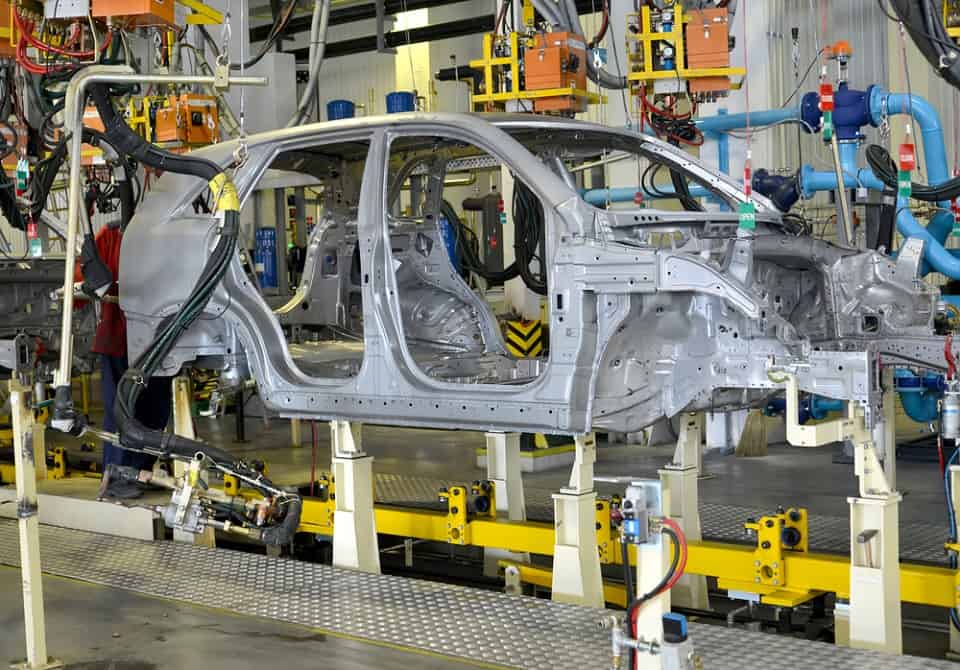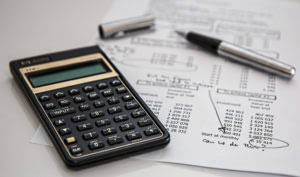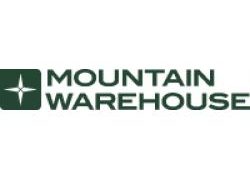
The expense accounts are closed in one compound closing journal entry to the Income Summary account. All expense accounts income statement with a debit balance are credited to bring them to zero. Their balances are transferred to the Income Summary account as an offsetting debit.

Order to Cash
Where DIO and DSO stand for days inventories outstanding and days sales outstanding, respectively. Days inventories outstanding equals the average number of days in which a company sells its inventory. Days sales outstanding, on the other hand, is the average time period in which receivables pay cash.

Balance Sheet
The length of operating cycle is equally influenced by external environment. Abrupt changes in basic conditions would affect the length of operating cycle. It is the task of Finance manager to manage the operating cycle effectively and efficiently. Based on the length of operating cycle, the working capital finance is done by the commercial banks. The reduction in operating cycle will improve the cash conversion cycle and ultimately improve the profitability of the firm. The length of operating cycle is the indicator of efficiency in management of short-term funds and working capital.
What is Operating Cycle & How to calculate it? (With Formula)
Days Inventory Outstanding (DIO) is a measure of how long a business takes to sell its inventory. A lower value of DIO indicates that the company is making sales rapidly with better turnover. The cash conversion cycle helps manage the operating cycle inventory, and if not managed well, a company will either be short on supply or have too much of it, increasing storage costs. Inventory is a critical component of the operating cycle, representing the goods or materials that a company holds for sale or use in production. If you’re new to the world of finance or business, the concept of an operating cycle might seem a bit puzzling.
- For one, a merchandising company typically has inventory that inventory accounting needs to record, whereas a service business does not.
- Accounts receivable are a significant component of the operating cycle, representing the amount of money owed to a company by its customers.
- The operating cycle also involves the collection of accounts receivable, which can take several weeks or even months to collect, depending on the company’s credit policies and the quality of its customers.
- And they both are known to provide you with the amount of time business takes to manage cash.
- The balance in the Income Summary account is transferred to retained earnings because the net income (or net loss) belongs to the shareholders.
- Also, comparing a company’s current operating cycle to its previous year can help conclude whether its operations are on the path of improvement or not.
To calculate DIO, you divide the average inventory balance by the cost of goods sold (COGS) and multiply by 365. For example, if a company has an average inventory of $20 million and COGS of $85 million, the DIO would be 97 days. The operating cycle is a crucial concept in accounting, and it’s essential to understand its components to accurately account for a company’s operations. Operating period (also called operating cycle) is the cycle of business activity in which cash is used to buy resources that are converted into products or services and then are sold for cash.

To reduce its cash operating cycle, the business must target all three of these areas. Cash cycles are also known as cash conversion cycles or cash operating cycles that encompass the entire conversion process of converting a company’s assets into cash. As discussed above, the cash cycle calculates the amount of time spent on various production and sales processes from the date of paying cash to the date of receiving the cash. And this process is not completed before each dollar is credited to accounts receivable or invoices are paid in cash. The operating cycle, often referred to as the cash conversion cycle, is a fundamental concept in financial management.
Calculating this cycle plays a significant role in assessing the efficiency of a business. The difference between the two formulas lies in NOC subtracting the accounts payable period. This is done because the NOC is only concerned with the time between paying for inventory to the cash collected from the sale of inventory. The accounting cycle incorporates all the accounts, journal entries, T accounts, debits, and credits, adjusting entries over a full cycle. The purpose of calculating the operating cycle is an assessment of the business efficiency in managing the operations.

When entries 1 and 2 are posted to the general ledger, the balances in all revenue and expense accounts are transferred to the Income Summary account. Notice that a zero balance results for each revenue and expense account after the closing entries are posted, and there is a $2,057 credit balance in the income summary. The income summary balance agrees to the net income reported on the income statement. The truck and equipment purchased by Big Dog Carworks Corp. in January are examples of plant and equipment assets that provide economic benefits for more than one accounting period. Because plant and equipment assets are useful for more than one accounting period, their cost must be spread over the time they are used. Therefore, the $100,000 cost must be spread over the asset’s five-year life.
In Chapters 1 and 2, the preparation of financial statements was demonstrated using BDCC’s unadjusted trial balance. We now know that an adjusted trial balance must be used to prepare financial statements. For financial statement reporting, the asset and contra asset accounts are combined. The bookkeeping for cleaning business net book value of the equipment on the balance sheet is shown as $2,975 ($3,000 – $25). Production of qualitative products at lower costs enhances sales of the firm and reduces finished goods storage period. Effective advertisement, sales promotion activities, efficient salesmanship, use of appropriate distribution channel etc., reduce the storage period of the finished products.








No Comments
Leave Comment